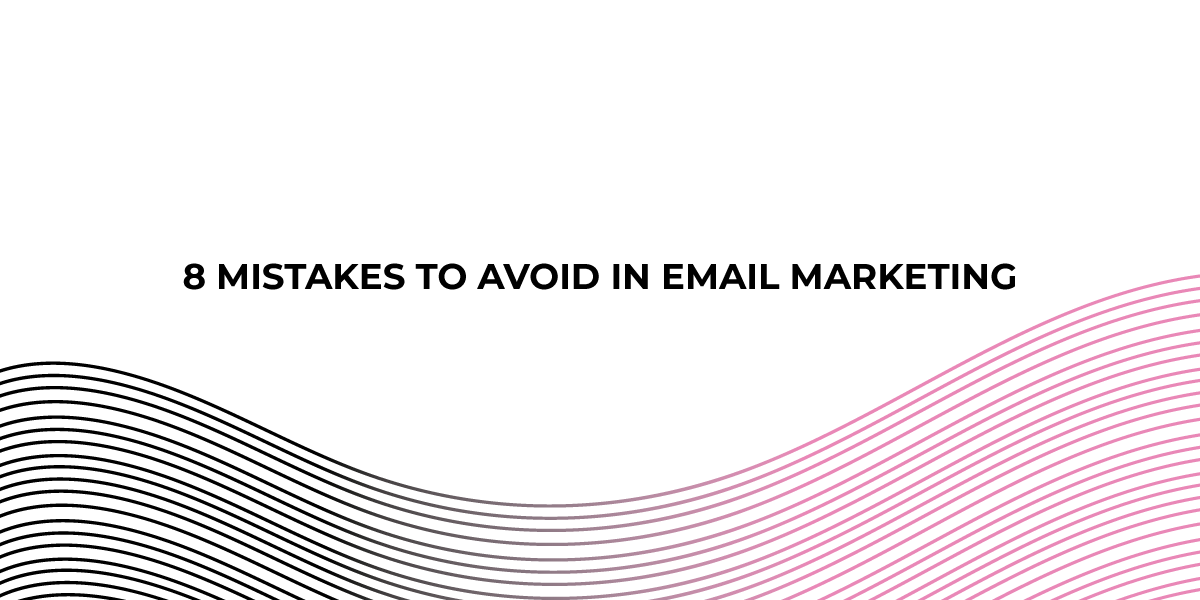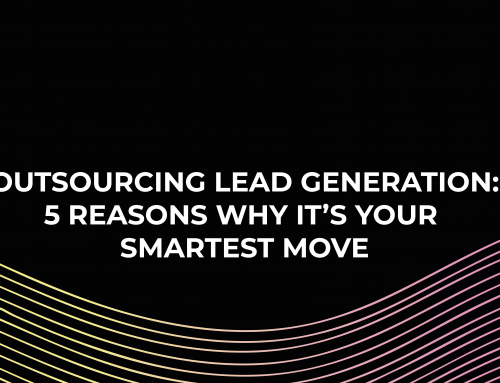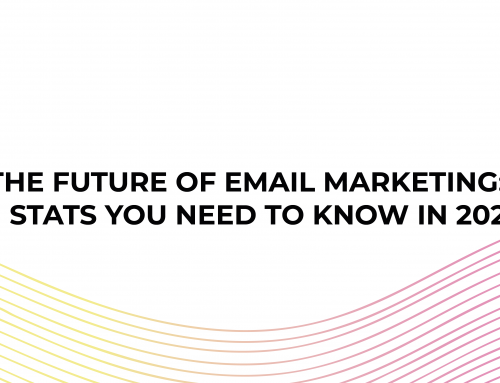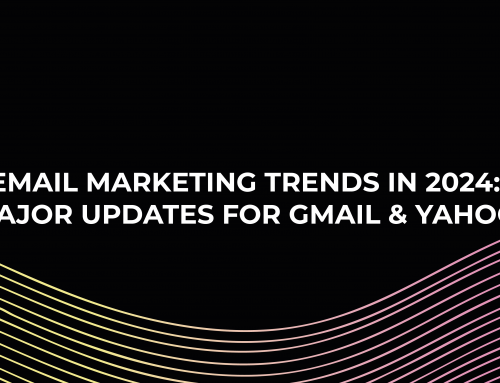Despite what the naysayers would have you believe, email marketing is far from dead.
First off, consider the sheer amount of email users there are around the world. In 2020, the number amounted to 4 billion. By 2025, it is predicted to be 4.6 billion.
There is also a staggering amount of emails sent and received every single day. In 2021, there were 319.6 billion emails sent each day, a figure expected to reach 361.6 billion by 2024.
And finally, email continues to deliver the highest ROI for marketers. For every pound spent, you can expect to see a return of £35.41 – and, what’s more, it beats social media marketing by 40 times for customer acquisition.
So, no, email marketing is not dead. Email remains one of the best channels to grow your business.
Is email marketing difficult?
There is very little dispute about the potency of email marketing – 80% of business experts name email as the single most crucial factor in customer retention – yet it may not be as easy as you think.
Email marketing can be pretty challenging due to many variables that could possibly affect it. And what’s more, you don’t want to waste your time, money, and effort on emails that go unopened, unread, unanswered, or worse, go straight to the spam folder.
So, to offer some assistance and help you avoid the pitfalls many marketers fall into when utilising email, we have compiled the eight most common email marketing mistakes to avoid. And with that, let’s dive right in.
1. Don’t get off on the wrong foot.
Someone new has just subscribed to your email list. Congratulations! What are you going to do next? If your answer isn’t “send a welcome email”, you are missing out on an opportunity to connect with your subscribers.
While it may be true that the recipient has subscribed to your email list intentionally, it may also be true that there’s a chance that they forget about you; given all the other newsletters they may have subscribed to as well.
You must ensure that not to get off on the wrong foot. You can start building a relationship with them only after you have welcomed them.
Whatsmore, your most read email will be the very first email you send. Why? It’s pretty simple; it’s when your subscribers are most engaged with you. They just subscribed to your email list. They are open to doing business with you.
So as soon as someone signs up, they should receive an email welcoming them to your email list. Introduce yourself. Tell them what you do, and whatever you do, don’t get off on the wrong foot.
2. Sending emails that lack the personal touch.
One of the most common mistakes email marketers make is sending generic emails that come across as impersonal as if they have been writing an unfeeling bot.
Personalisation has become a hot topic in marketing in recent years, but it is more than a mere buzzword. It is one of the primary drivers of a successful email campaign. Personalising your emails is a great way to build a deeper connection with your audience. It makes them feel appreciated and understood.
And what happens if you don’t tailor your email campaigns to your customers? As many as 63% of current customers will stop buying or shopping from brands that don’t take a personal approach. Whatsmore, creating emails with personalised subject lines will make your emails stand out in the recipient’s inbox. Plus, with personalised attention, your customer will feel special and much more likely to engage with your emails.
3. Overhyped Subject Lines
“Breaking News! Drop 20 Pounds in Two Weeks!”
“Want To Make a Six-Figure Salary in a Month?”
“Read this! This Will Never Happen, Ever, and I Mean Ever Again!”
We have all received emails with these sensationalised subject lines, promising great things and solutions to all of our problems. How do you feel when you receive this sort of email? Frustration? Irritation? Suspicion? Chances are you ignore them and delete them.
As with any relationship, there is an element of trust between the recipient and yourself. If you send emails that do not offer value but have sensational subject lines that imply otherwise, readers will stop opening your emails and dismiss them as spam.
4. Sending from The Donotreply@Addresses
Imagine it. You have spent several hours crafting the perfect email. You write and rewrite copy, agonise over the perfect subject line, and obsess over your call-to-action. But if you are using a no-reply email address, the email might not even reach the subscribers’ inbox.
Many organisations use this address format to stop customers from replying to certain emails, and they are unwelcoming, frustrating, and confusing for recipients. It can damage your organisation’s reputation and actually reduce the efficacy of your email marketing campaigns.
You should not expect a high open rate if you send an email from donotreply@ or noreply@ address.
5. Including too many links.
Do you want to grab your subscriber’s attention, increase your click-through rates, and boost your link building campaign? Then the solution is to include links throughout your emails.
False! Here’s why!
If the body of your email is littered with HTML links, then there is a very high chance that the email will trigger the spam filters of most service providers, thus impacting the delivery rate.
And if the email miraculously avoids the spam folder, your subscriber might view it as spam. Links can be distracting, confusing, and, worst of all, suspicious.
So, instead, you should only include the essential links and no more.
6. Adopting a “One Size Fits All” approach
Writing a friendly email and relying on the “Send to all” button won’t work. While that email will relate to some who read it, a large portion won’t appreciate it and will lose interest.
The key to effective marketing is relevance. Your message content should change depending on who will be receiving the email. The solution is segmentation.
Segmenting your email list and customising email content to each recipient will give you a higher click-through rate and more engaged customers.
7. Making it difficult to unsubscribe
People will sometimes sign up for your email list before deciding to unsubscribe later.
There are two ways in which marketers can handle this situation: First, you accept and respect their decision and make it easy to unsubscribe. Or you can conceal your unsubscribe link and make it as difficult as possible.
The first option is the more professional choice, while the second one can only result in negative feelings. Not to mention that you also risk failing to comply with the GDPR.
If a recipient does not want to receive your emails anymore, hiding the unsubscribe link is not going to magically change their mind. So, don’t bother concealing your unsubscribe link.
8. Ignoring mobile users.
In 2022, the number of smartphone users reached 6.6 billion, which equals 83.72% of the world’s population owning a smartphone.
In line with email marketing, statistics indicate that: 65% of emails were opened on a smartphone or tablet.
So, if there’s one email marketing mistake that can severely impact your email marketing campaign, it’s forgetting about mobile users. Failing to tailor your email campaigns to properly load on mobiles can negatively affect customer satisfaction.
Formatting your email for mobile should be straightforward: use text and images that are easy to read on small screens. Consider using images that are less than 600 pixels wide.
Lastly, you want to do a test on multiple devices before sending emails to ensure that your email looks like you’ve planned.
So, there you have it.
Conversions don’t simply happen because you send someone an email. They occur when you effectively execute your email campaigns by avoiding these mistakes.
Now you know the most common email marketing mistakes, you’ll be able to avoid them in your own strategy.




